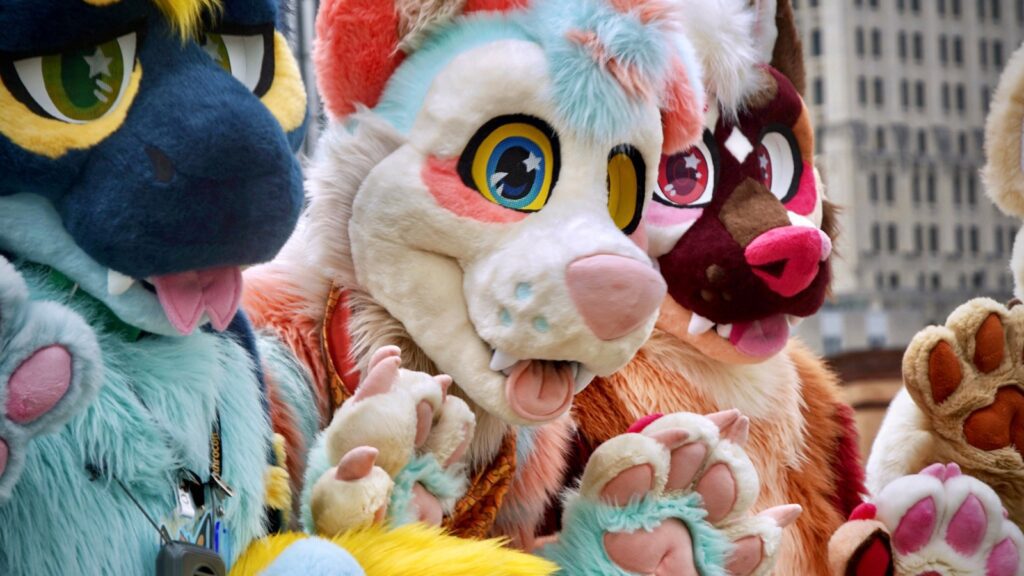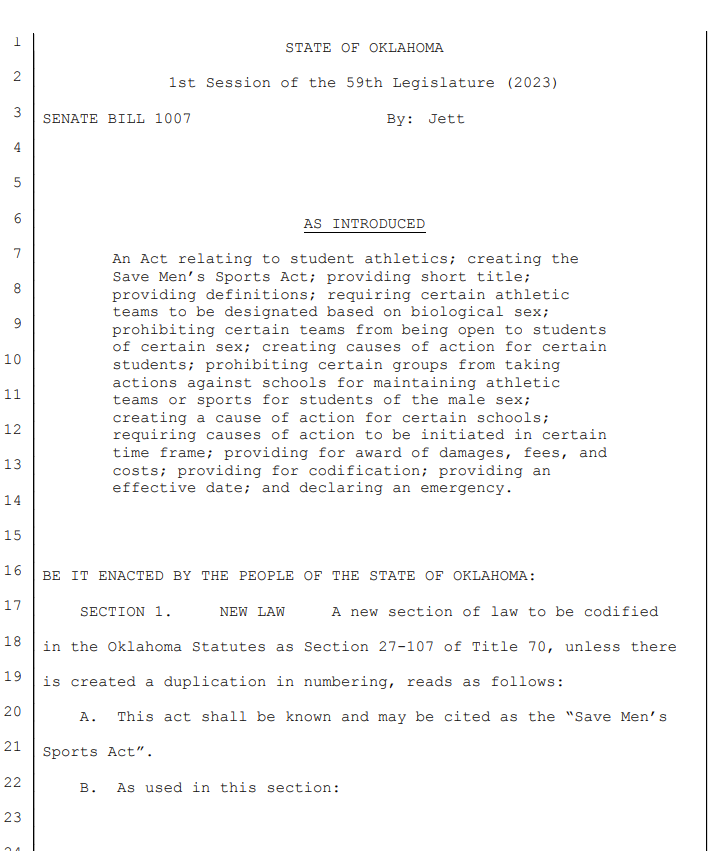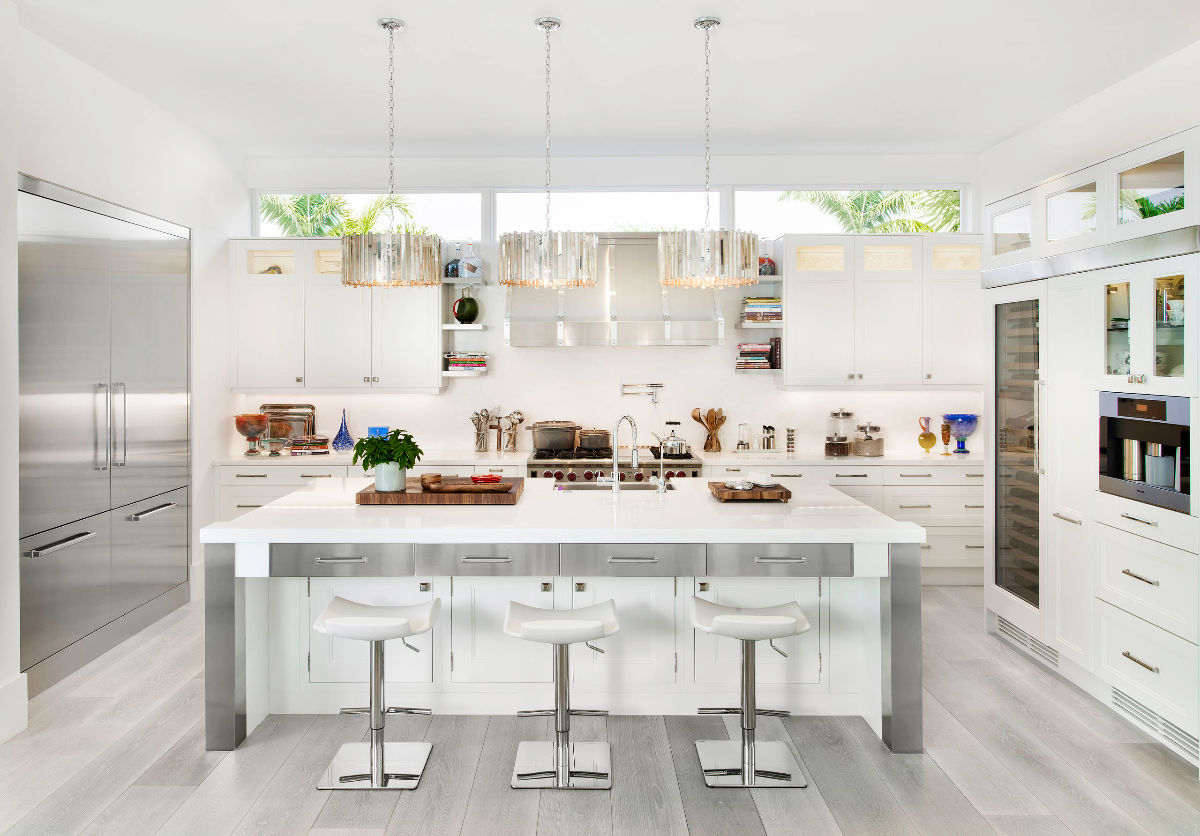Table Of Content

Rose Fellows are designers, architects and artists dedicated to social justice who work in partnership with local, community based nonprofits to bring their design and planning skills to the benefit of the community. The fellows work on affordable housing and community facilities, community planning processes, open space and recreation, transportation and economic development issues. They are designers, translators, instigators, supporters, cheerleaders and spokespersons. They bring hard work and good humor, passion and energy to their work and learn as much from the community, and from each other, as they contribute. The fellowship is sponsored by Enterprise Community Partners, a national nonprofit that invested over $43.6 billion in community development.
On Boston's Freedom Trail, King's Chapel plans a dramatic facelift to recognize its ties to slavery - GBH News
On Boston's Freedom Trail, King's Chapel plans a dramatic facelift to recognize its ties to slavery.
Posted: Thu, 15 Jun 2023 07:00:00 GMT [source]
STAT: The Readout Loud
As the firm grew, Murphy became executive director and Ricks chief operating officer, while Saladik led healthcare work and Bainbridge the landscape studio. Shioiri-Clark and Ly went on to found their own practices, as did another early contributor, Ryan Leidner, M.Arch. Over time, more classmates joined, as did architects with other backgrounds who now play leadership roles.
MASS Celebrates Inaugural U.S. Healthcare Project
Community development corporations are among the place-based organizations who advocate for the well-being of their neighbors and translate their love and concern into dignified, secure, healthful housing in their communities. To make housing home, we need to agree on a vision of a country where every person has a home, and that starts by knowing your neighbor. More inclusive, equitable futures are grounded in how we design for justice and the human condition. Katie Swenson is a Senior Principal of international non-profit MASS Design Group, and she has spent her career building social equity and advocating environmental sustainability. At the heart of her work is a thread of collective optimism, a knack for bringing people together to create healthier communities that promote human dignity and joy.
Building a Better World
A collective of architects, designers, artists, and engineers, MASS Design Group works from the understanding that architecture can heal. Our mission is to research, build, and advocate for architecture that promotes justice and human dignity. In areas of health, education, housing, conservation, culture and memory, we leverage mission-driven design processes to create impactful projects that respond to community needs. To date we have 30 projects built or under construction across the globe, including the Butaro Medical Campus in Burera District, Rwanda, the GHESKIO Cholera Treatment Center in Port-au-Prince, Haiti, and a Maternity Waiting Village in Kasungu, Malawi. In addition to the significant project work, MASS also has created a Labs initiative to be able invest in researching critical questions and developing and sharing a point of view in critical topic areas.

Boston Globe Today
MASS Design won a competition for the project and the county committed $25 million to build it, to be supplemented by private fundraising. MASS Design’s plan includes a pool, basketball court, fitness center, childcare center, intergenerational playscape, and space for enrichment classes—all set in an inviting open design. Ahead comes the challenge of aligning those features with a final budget. Their approach largely relies on collaboration with nonprofits and local government. Long focused on land conservation along the Hudson, the organization decided to seek a larger role in river cities at about the time MASS Design took root in Poughkeepsie. “One thing led to another, and the relationships just started to develop,” said Jason Camporese, Scenic Hudson’s chief financial officer.
Team
The walls are faced with volcanic field stones so common they are a nuisance for farmers, fashioned by local craftspeople into fits so precise it’s difficult to slip a sheet of paper between pieces. High-volume, low-speed fans encourage the outside air to flow in, up, and out of the buildings, providing natural ventilation. Patient beds are placed in the center of the wards, each looking out through a large window toward green hills and valleys. Brown is one of three principals who lead the Poughkeepsie office of the MASS Design Group, a mission-driven nonprofit architecture firm whose founders came together as students at the Harvard Graduate School of Design (GSD) 15 years ago. Brown sees the cistern as a unique arts and events attraction in the making, one key among many to unlocking the potential of a city battered by urban renewal a half-century ago and left to live with its injuries since.
In an interview with ArchDaily, Katie explores her background and career, as well as what it means to design for more equitable futures today. Like architecture, construction is never neutral, it either hurts or heals. By starting MASS.Build, our own construction division in Rwanda, MASS is better able to deliver quality projects for our clients and partners while supporting the local economy with local purchasing, education, and job creation. Since its launch in 2019, MASS.Build’s construction team has grown to include 160 full-time, salaried staff (97% of whom are Rwandan, and 28% of whom are women), as well as 2,100 Rwandan contract staff. MASS.Build’s goal is to be a changemaker in the Rwandan construction sector—advancing ethics and impact, while meeting project targets. Driven by principles of design excellence, environmental stewardship, and human dignity, MASS.Build will expand our ability to deliver projects of impact from start to finish.

That identity is reflected in a new leadership team of three co-executive directors. Christian Benimana, a Rwandan architect, is responsible for the African portfolio of work, Ricks for departments that run across the organization, and Patricia Gruits for the U.S. studios. But Rwanda is where MASS was born, in 2008, and the exhibition is a brisk, readable overview of the evolution of the firm’s mission. Paul Farmer, a co-founder of Partners In Health, the Boston-based nonprofit with a global mission to improve health care access for people living in poverty, issued the challenge that became its catalyst.
Partners
Today, MASS Design serves as architect for Scenic Hudson’s new $25 million headquarters in a renovated factory building on the Fall Kill, across the street from the east entrance to the region’s biggest tourist attraction, the Walkway Over the Hudson state park. Every year, more than 600,000 people visit the walkway, an old rail bridge—then leave. With a park along the Fall Kill and exhibit space, room for public events, conferences, and meetings, the headquarters has the potential to serve as the first bead on a string of redevelopment projects leading along a liberated river to the heart of the city. With its reliance on natural ventilation and light, as well as the adaptive use of an undervalued local resource—abandoned brick buildings—the design reflects Butaro’s lessons. At the National Building Museum exhibition, which opened almost two years ago, “The Embrace” is tucked in a far corner, alongside MASS’s stirring National Memorial for Peace and Justice in Alabama, a monument to enslaved people murdered in the South. High-profile memorials garner headlines, but the foundation of the firm’s work is in Africa, building accessible health care facilities designed to foster dignity and trust.
Though MASS’s office, on Chandler Street, is a half-mile from “The Embrace,” the vast majority of the firm’s work over the past decade-plus has been half a world away. Personalize your stream and start following your favorite authors, offices and users. MASS Design Group shared our innovative practice model and design methodology at The Architectural League of New York in the Current Work Series. The MASS-curated exhibition AFRITECT opened at the 18th International Architecture Exhibition of La Biennale di Venezia. Find us in The Laboratory of the Future’s Force Majeure, Giardini, Central Pavilion May 20 - November 26, 2023.
As a visitor enters the pavilion, the floor falls away, with more pillars, now suspended, overhead—leaving the unmistakable impression of walking beneath corpses. In the central courtyard, it’s the visitors who feel as if they are being judged by the pillars, as silent onlookers. The whole amounts to an immersive experience of recognition, discomfort, reflection, and transformation—a confrontation with the past intended to create hope for the future. A second set of matching pillars rests on the ground outside; EJI invited every county to claim its own pillar and bring it home. That fall, when Farmer’s assistant called to ask if Murphy could design a hospital, he turned to his classmates—literally; he took the call at the GSD—and asked if they could help.











